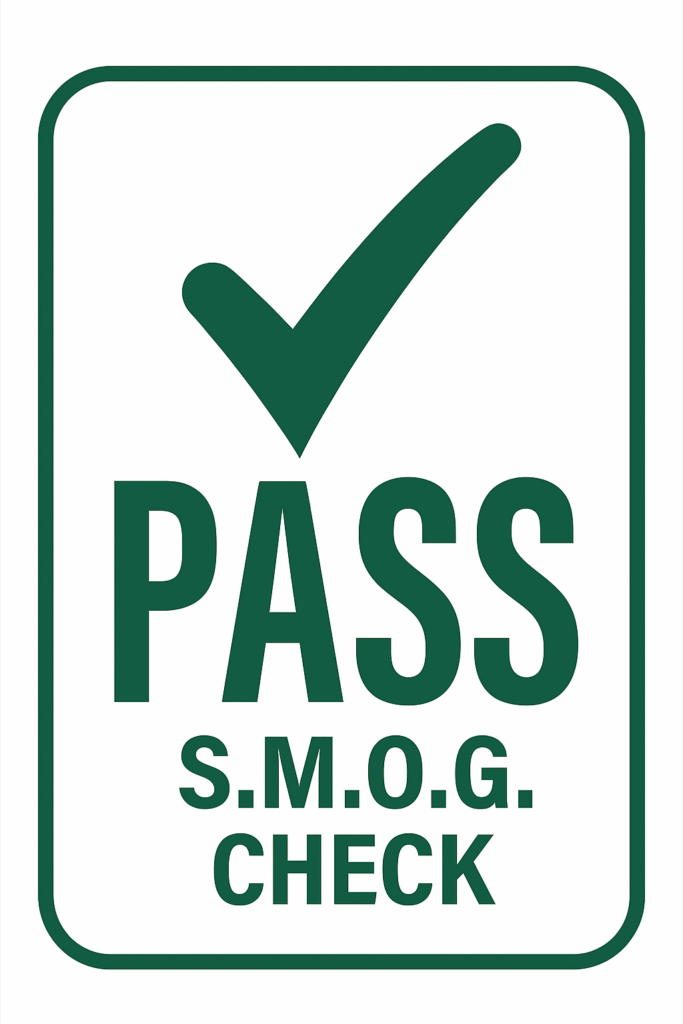Having trouble passing a California SMOG check with your Toyota hybrid? You’re not alone. Many owners of 2010 and newer hybrid vehicles—especially Toyota Prius, Prius V, and Lexus CT200h—run into issues due to permanent diagnostic trouble codes (DTCs) that just won’t clear.
Let’s walk you through how to pass a SMOG check with a permanent code, why this happens, and how to meet the requirements the California BAR (Bureau of Automotive Repair) set in 2019 to legally bypass the issue.
What Are Permanent Codes and Why Won’t They Go Away?
In 2009, the California Air Resources Board (CARB) introduced permanent codes to stop people from clearing their check engine lights just to pass smog. These codes are stored in the ECM (Engine Control Module) and cannot be erased manually—not even by the dealer.
Even after replacing the hybrid battery or driving thousands of miles, some permanent codes refuse to clear. Fortunately, the California BAR updated their regulations in 2019, allowing vehicles to legally pass smog even if permanent codes are still present—if you follow the right process.
SMOG Check Process for Hybrid2Go Customers
If Hybrid2Go has just replaced your hybrid battery, here’s how you can pass your next SMOG check—even if a permanent DTC remains.
✅ Step 1: Drive 200 Miles
After the battery replacement, you’ll need to drive at least 200 miles. These miles don’t need to be done in one trip—you can split them up over multiple days. Just make sure you:
- Don’t clear any codes with a scan tool
- Don’t disconnect the 12v battery
- Record your starting mileage and drive normally
The car can be turned on/off as many times as needed, as long as you don’t reset anything electronically.
✅ Step 2: Complete 15 Warm-Up Cycles
A warm-up cycle happens when:
- The engine starts from under 104°F
- Warms up past 150°F
- Shuts off (goes into EV mode)
- Then is driven normally for 5–10 minutes
You can usually only complete 2 warm-up cycles per day, since the engine must fully cool down between each one. Plan to spend about 7–10 days completing all 15 cycles. Some advanced users use an infrared thermometer or a live-data scan tool to track engine temperature and cycle counts, but casual drivers can just drive daily and let the cycles add up naturally.
✅ Step 3: Go Get a SMOG Test
Once you’ve completed:
- ✅ 200 miles driven
- ✅ 15 warm-up cycles
You’re ready to go to a California SMOG station.
If the technician raises concerns about the permanent code, politely explain that you’ve completed the required cycles and refer them to the official BAR 2019 guidelines linked here (see Step 10 in the article).
Important Reminders for a Successful SMOG Check
Don’t clear any codes or disconnect the 12v battery during the process—this resets your progress.
Fix any active check engine codes before starting the SMOG preparation process.
No tool or scanner can erase permanent codes. Only the vehicle itself can clear them over time.
Your 12v battery must be healthy. If it dies or requires jump-starting, your progress will be lost.
Permanent codes don’t mean your hybrid battery is bad. Even new OEM batteries may still leave a permanent code for weeks or months.
Shops may try to sell you another battery if they see a permanent code. Unless you have a current or pending DTC, your hybrid battery is working fine.
Final Thoughts
Yes, the permanent code system is frustrating—but it doesn’t have to be a dealbreaker. If you’ve recently had a battery replaced by Hybrid2Go, just follow the 3-step process, and you’ll be able to pass your SMOG check legally and confidently—without needing to wait months or buy anything extra.
If you have any questions or want a technician to verify your drive cycle progress, don’t hesitate to contact us. We’re here to help.
